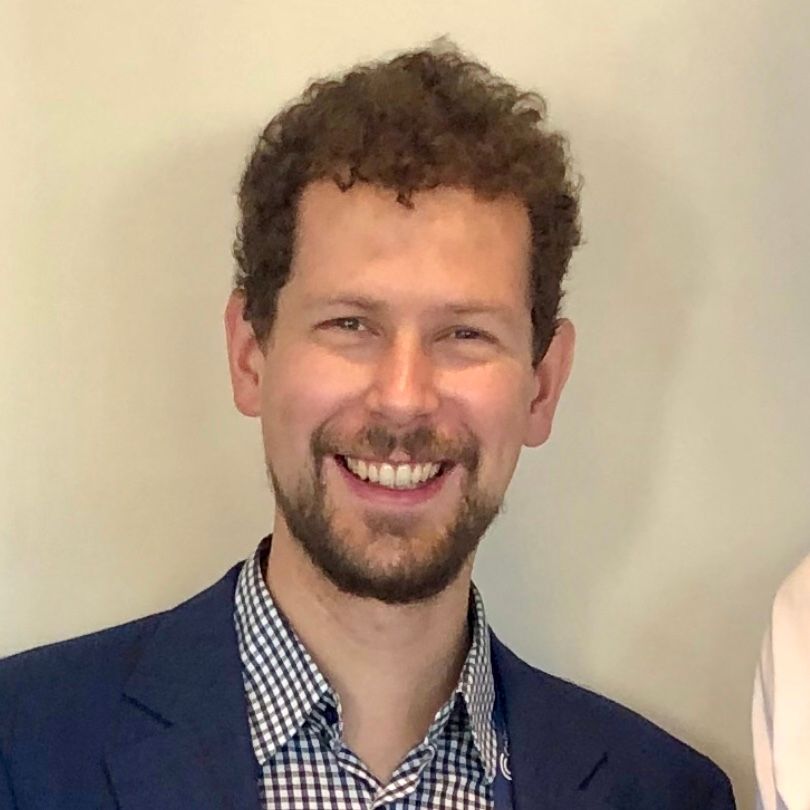Arteïa’s vision of the Art Market

A growing global wealth inequality combined with the financial crisis has taken a toll on the art market. The rich, getting richer, drive the prices of already extremely expensive artworks up. This makes the overall value of transactions concentrate in the higher-end (price-wise) of the market. On the other hand, the bulk of the artworks is produced in the lower-end. There, with the poor struggling and the middle class in many Western countries shrinking, the supply for art is high and the demand is low. “The middle-range of the market is squeezed by the upper tail (in value) and the bottom tail (in volume)”. [1] Consequently, the game is dominated by big players: powerful dealers, huge auction houses and international art fairs. The rest are struggling. This in turn has a negative effect on the quality of art: deterring incumbents, promoting the market approved styles and tempting the stars to produce what is already selling well. Furthermore, in an unregulated market, treating art as a commodity and an investment, enables it to become a vehicle for money laundering and tax evasion. This diversity suppressing polarisation, resulting in “the squeeze”, has been quoted to be one of the most pressing issues facing the market today, and a vital influence on its future shape [2].
These “external” circumstances driving the future of the art market are underscored by the traditional “internal” pains: the lack of transparency, low accessibility to provenance data, forgery and illiquidity.
First, a limited number of main actors own most of the market’s data. This is especially true relating to price information as it is only available through public auction sales. Price setting mechanisms are mostly opaque and hard to comprehend from an external point of view. Similarly, being able to spot an emerging artist is often restricted to a few well-introduced figures in the market. This gives the latter the ability to manipulate the market by artificially promoting their artists of choice.
Second, provenance remains a major issue in the art market. Defining the historical record of ownership as well as appearances in exhibitions and publications of a work of art, provenance represents not only the economic and market conditions governing the sale or transfer of the artwork, but also a record of changing tastes and collecting purposes. Most importantly it helps establish the current value of the art piece by providing information about the events that shaped its lifetime. A complete and reliable provenance record can be used to certify the authenticity of a work of art by having better insights on its lifecycle. Most artworks lack a clear chain of ownership, making it complicated to establish whether the piece has not been tampered with. Moreover, even if provenance is determined, it is rarely shared, and the work needs to be redone when the artwork appears on the market again.
Third, verifying the authenticity of an artwork is extremely hard and is often speculative. The sector relies on experts whose knowledge can help attribute an artwork to a certain artist or on forensic analysis to verify whether the piece was crafted at a certain period. Unfortunately, these methods present some limitations and a margin of error. The safest approach is to have a certificate of authenticity (CoA) from the artist and a complete provenance record linked to the artwork. This however is often not the case.
Finally, art is an illiquid asset because selling an artwork is not an immediate process regardless of the type of mechanism used. Dealers, auction houses, agents and galleries usually incur complex processes to complete a transaction. Purchase and resale fees can be so high that an investor needs to wait several years before reselling just to recoup their initial investment. Furthermore, the market rarely appreciates when an artwork reappears in the secondary market too quickly as it can be perceived as opportunistic (“flipping” an artwork runs the risk of tarnishing the collector’s reputation, hence their future ability to access prime artworks). Another issue linked to liquidity is the high rate of late and cancelled payments. This is an important problem in certain sectors and segments of the market, leading to cashflow problems for smaller businesses that cannot absorb the risks. In the primary market it also has a deflecting impact on artists, who are usually paid at the very end of the chain.
Whereas the “external” economical situation drives the art market towards polarisation, the “internal” problems with transparency, provenance, forgery and liquidity are captured by the notion of fragmentation.
A fragmentation of information means that for key actors of the ecosystem it is expensive, difficult or even impossible to obtain the knowledge crucial for taking decisions on valuating, selling, buying and lending artworks. A fragmentation of tools and standards for managing art related data means on the other hand that it is harrowing for experts to conduct research and provide the information in a fair and sustainable way. Thus the notoriously slow and conservative art market (worth 64,1 billion USD in sales in 2019 [3], with 9% of that being online sales, with an additional $19.9 billion spent on a range of ancillary and external support services directly linked to the art related businesses), with its polarisation and fragmentation, needs to evolve and adapt. Fortunately, there are glimmers of hope on the horizon.
It turns out that, faced with such circumstances, artists, often versed in the technologies of the XXI century, experiment with different retail channels and opportunities. Particularly, they increasingly use social media, with Instagram at the forefront, as a tool for marketing and connecting with their audience. For example, in Australia, where such studies have been done [4], between 70 and 80% of artists promote their work on the internet and almost three quarters of them state that they are themselves its most active promoters. In the meantime, many test crowdfunding platforms and new patronage models. Finally, there is an ongoing search for viable ways for artists to preserve a part of equity in the artworks they produce.
Galleries too are starting to embrace online tools. Already in 2018 the online sales were identified a key method to access new clients [5]. Thus, hiring of staff members dedicated to manage the galleries online presence is rising and the superiority of a hybrid, online/offline storefront is embraced [6]. Not everybody can afford a professional website so smaller galleries are looking for online service providers that can boost their presence on the internet or look for opportunities for consolidation.
As to the art collectors, we are facing a generational change. Some of the signs of a modification of attitudes are already there. First, collectors are increasingly willing to share their art publicly, this becoming “almost a kind of social responsibility for many” [7]. Second, even though trust still remains an issue, they are buying art online. According to a survey by Artsy [8], 64% reported that they had purchased art online in the past and 36.3% of online buyers claim they spend more than half of their annual budget there. The same report claims that passion is the most important driver for art collectors. Factors like an artwork’s aesthetic qualities, the story behind it (and behind the author), and its ability to inspire the collector all significantly outranked investment and socially motivated factors. Associated research also indicates that Gen-Z consumers are more likely to be motivated by how the brands—in this case, the artists—they consume relate to their personal identity and community, as well as causes they care about. A similar observation was made in a 2020 artnome.com article making predictions for the market. There, the author asserts that younger generations, Millennials and Gen-Zers in particular, embrace diversity, are more concerned with issues like climate change, and more comfortable with technology, with all those factors prone to influence their choice in art and the way they buy it [9].
The coronavirus pandemic has only accelerated the trend of looking to online channels for sales and promotion.
The demand for (time-based) online viewing rooms has exploded and some art fairs will be held entirely online this year [10]. Artists were not passive either. For example, the #artistsupportpledge, a movement to support artists and makers during Covid-19, has grown to over 220 000 posts in social media, generating an estimated £20 million in sales globally [11]. The jury is still out on whether this trend will persist after the pandemic, the impact of COVID-19 on the art market is however unquestionable.
The legal landscape is also shifting. The 5th Anti Money Laundering Directive (5AMLD) came into force in the EU in January 2020 and was replicated in the UK and US. Actors involved in transactions of art worth more than €10k are now obligated to adopt a risk based approach. This includes performing customer due diligence, financial crime compliance record keeping and reporting. Many of the dealers and galleries are not prepared to comply with those requirements. Part of the burden is additionally moved to collectors. Beyond the intended, obvious, positive consequences, the 5AMLD will bring additional friction to the market, and in turn an opportunity for those entities prepared to efficiently alleviate it.
Last but not least, we are living in the time of consequential technologies maturing before our eyes. First it was the internet, with social networks, the cloud and software as a service applications. Now, machine learning techniques are rapidly developed and applied to automate tasks and perform complex inference. Soon blockchain related solutions will start reaching maturity and gain the efficiency and user friendliness required for broad adoption.
Arteïa is here to connect all those dots.
Andres Solimano “The Art Market at Times of Economic Turbulence and High Inequality” (2019), and references therein. ↩︎
The Future of the Art Market Report, Creative United (2019) ↩︎
Clare Mc Andrew, The Art Market 2020 - An Art Basel & UBS Report (2020). ↩︎
David Throsby and Katya Petetskaya, Making Art Work: An Economic Study of Professional Artists in Australia (2017). ↩︎
Christian Kaspar Schwarm (founder of Independent Collectors), an interview by Markus Seiz in the Art & Finance Report 2019, Deloitte. ↩︎
The Online Art Collector Report 2019, Artsy (2019). ↩︎
Jason Bailey, 2020 Art Market Predictions, artnome.com (2020). ↩︎
Melanie Gerlis, How Covid-19 has forced the art market’s speedy digital conversion, The Art Newspaper (2020). ↩︎

